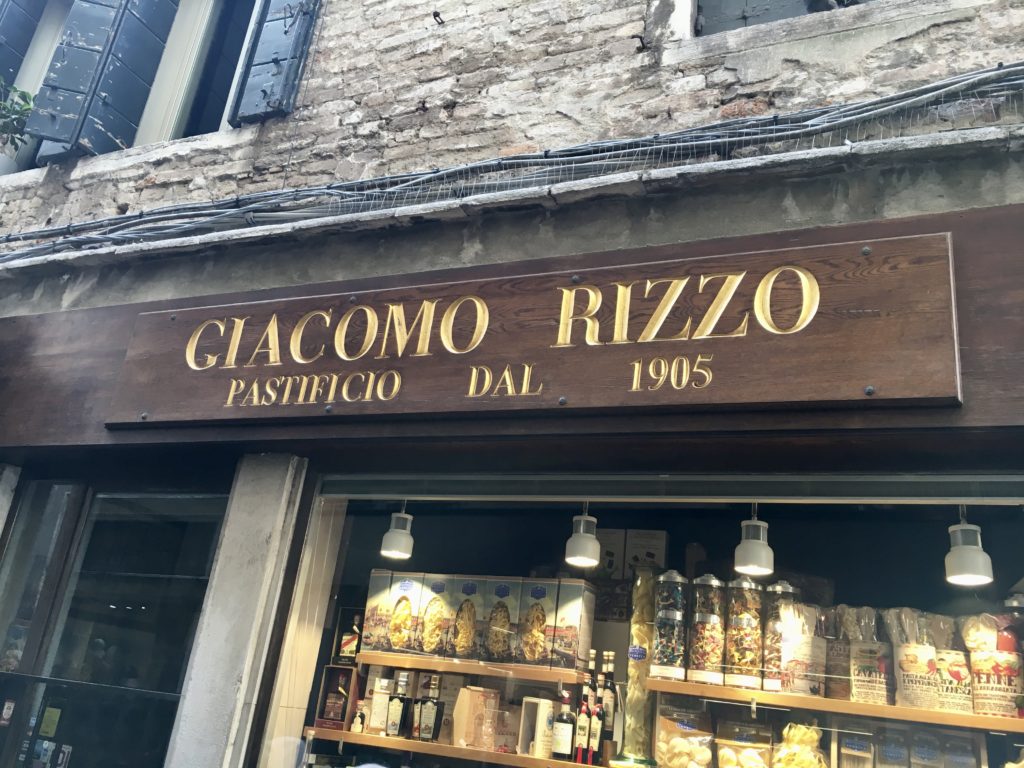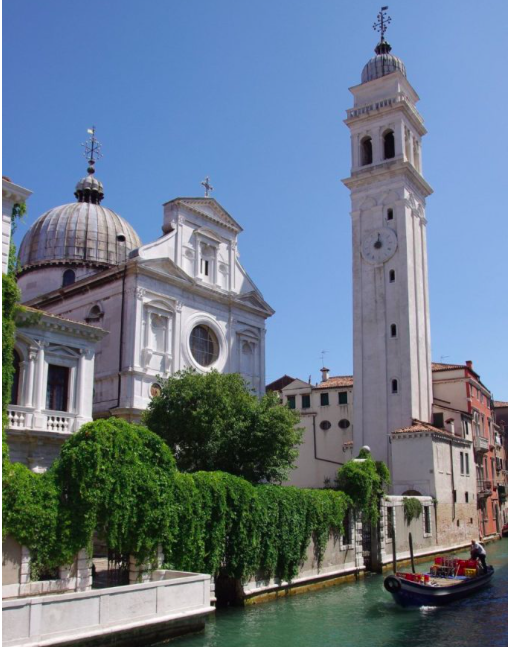Easter in Venice Italy is the perfect time of year for a visit to this splendid city. An old Venetian saying goes: “Xè Pasqua, xè Pasqua che caro che gò, se magna ea fugassa, se beve i cocò,” which means “It’s Easter, it’s Easter, how happy am I, we’ll eat the fugassa, we’ll drink the eggs.” Below is our Italy family travel guide to enjoying Easter in Venice with the kids, with tips for experiencing the ceremonies and typical culinary specialties among the locals.

Every well-known bakery around the city makes fugassa, an Easter-time Venetian treat, according to its own recipe. Fugassa was a sweet bread traditionally prepared on the occasion of a wedding and now is particularly appreciated at Easter after the long fast of Lent. It looks and tastes like the colomba, another Easter cake common all over Italy made in the shape of a dove. Our top choices among the many Venetian bakeries producing this delicious cake are: Tonolo (near Campo Santa Margherita) or Rosa Salva (near Piazza San Marco), and many smaller other bakeries also produce excellent cakes. For example, try Chiusso (near the church of the Greeks), Toletta (near the Accademia), and Dal Mas (near the railway station).
You can also find displays of ornately wrapped chocolate Easter eggs throughout the city. Some of the eggs will also contains small toy prizes (like the Kinder eggs!).
In reference to the eggs in the above Venetian saying, eggs are used to prepare pappardelle pasta, which are large, very broad, flat pasta noodles, similar to fettuccine, which are typical for the Venetian Easter lunch. For an Easter meal, try pappardelle alla buranella (that is, prepared the Burano way): if you are in Venice, try this typical dish at Osteria Ale do Marie in Castello or, if you want to sample it in Burano itself, go to Al Gatto Nero.
The Resurrection is a popular iconographic theme at Easter-time, of course, and in Venice the number of artworks with this subject is countless. Some of the most important artists include Francesco Bassano, whose painting can be found in the church of Redentore, at Giudecca, and Veronese at San Francesco della Vigna. In the Basilica of St. Mark, Christ is not portrayed while getting out of his tomb but, according to the Eastern iconography, the resurrection is described by the multicoloured-winged angel that points the empty sepulchre to a group of women.

The 23rd of April is Saint George’s Day. Being the patron saint of the church of the Greek community in Venice, this is another springtime holiday of significance for Venetian history and culture. The San Giorgio Greek Orthodox Church in Venice is near San Zaccaria. Note: it is not immediately visible from the street but for its leaning bell tower. The celebration is both inside the church (a very long Mass is held) and outside in the pretty walled Campo dei Greci.
Be prepared to listen to many church bells ringing as you explore the city together over the Easter holiday weekend in Venice.
Read next: Venice Activities for Kids
 Add to favorites
Add to favorites
Connect